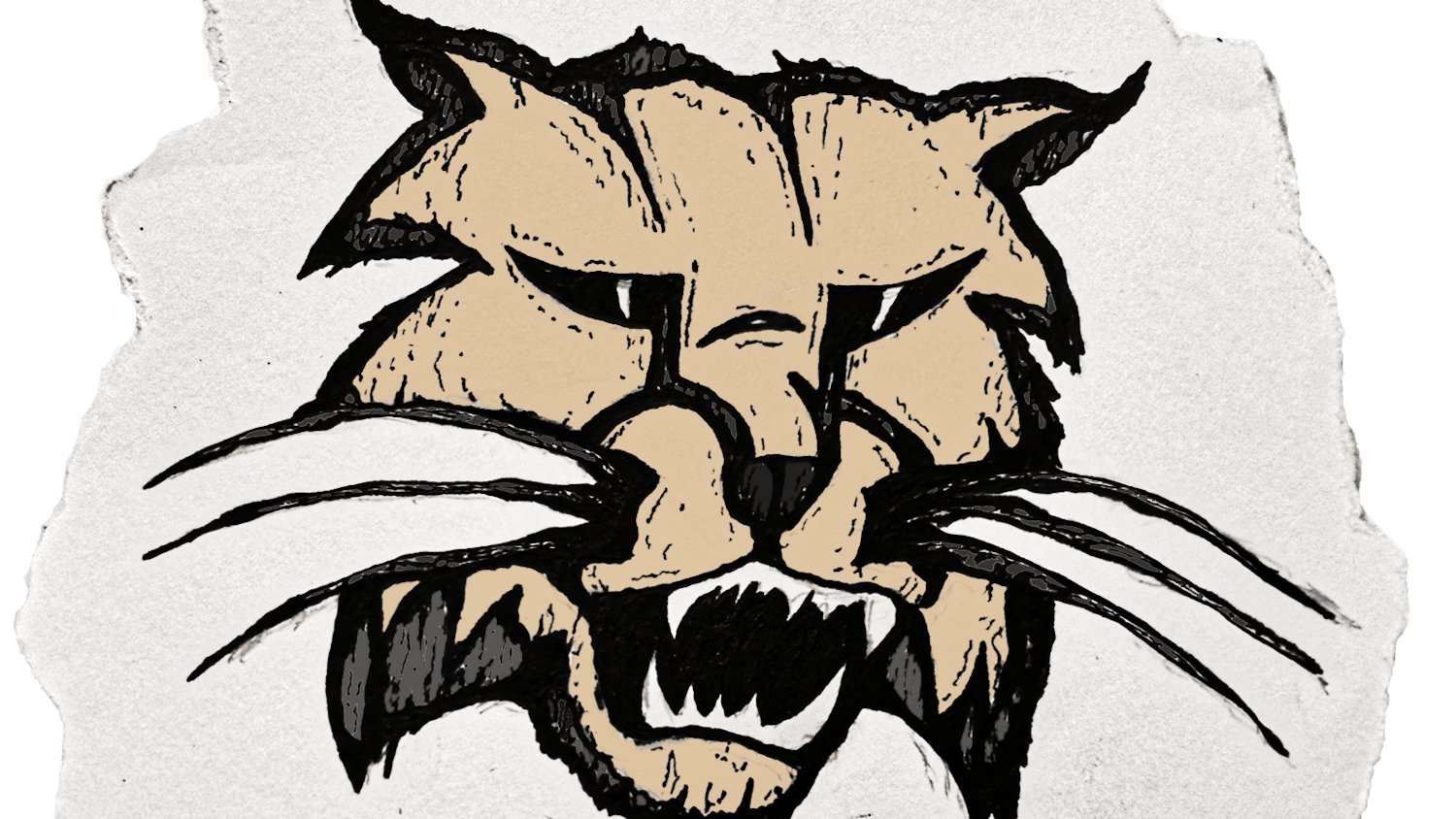A week back when Rishi Sunak moved to 10 Downing St. in London, talks about South-Asian representation erupted. Sunak became the first Asian prime minister of the U.K. However, not everyone resonated with this statement.
The Daily Show released a six-and-a-half-minute segment where senior correspondent Ronny Chieng deliberately said Sunak is not Asian. He is Indian.
“I know everyone is excited that this is the first Asian prime minister, but let’s be clear: Indians are not Asians, OK? They’re still people, great people, just not Asian people,” Chieng said.
It was enough to trigger all the South Asian community who live in trepidation of identifying themselves as Asian. So often while filling out forms, I have dwelled on ethnicity questions. “Woo, they didn't mention South Asia. Am I am Asian?” The fear is very real. But where does this definition come from?
“Asian American” was first used by student activists Emma Geeand Yuji Ichioka in 1968. The term was used to bring communities of Asian descent together. After the 1980s it accommodated more identities by further expanding on the term, Asian American and Pacific Islander, or AAPI.
Tavae Samuelu, the executive director of Empowering Pacific Islander Communities, warned everyone about the contentious nature of this term. He said, “In some ways, marginalization and erasure feel inevitable.” Over the years, only a few selected identities truly feel empowered through these groups.
We never realized that when East Asia became a representation of Asia, South Asian and Middle Eastern people were left to question their identities. While AAPI holds great power in theory, its actual interpretation has left a huge gap.
Modern segregation can be attributed to the levels of racism that Asian descent has faced. After 9/11, South Asians were often seen as terrorist allies and hence it resulted in an increase in crimes against South Asians. The same pattern was seen against East Asian people during the COVID-19 pandemic.
However, most of the discussion about hate crimes against Asians surrounds the East Asian population which results in lower documentation of crimes against South Asians. Shamin Ladhani, PsyD said, “Historically when hate crimes do happen against South Asians, they are not considered Asian and largely left out of the discussion when they do occur.”
We as a community need to stop underestimating identities. Due to the prevalent disparity, South Asian communities are unable to access the same resources that other AAPI members can have. We need to dismantle the current system that empowers one identity while stigmatizing another.
So the ultimate question remains: Who counts as Asian? The answer is quite simple. It's not the physical characteristics that define whether someone is Asian or not. Many South Asian countries such as Bhutan, Bangladesh, Nepal and India have populations that share similar physical attributes as the East Asians. Asian is anyone who carries their heritage with them.
Ankita Bansode is a sophomore studying economics and mathematical statistics at Ohio University. Please note that the views and opinions of the columnists do not reflect those of The Post. What are your thoughts? Tell Ankita by emailing her at ab890621@ohio.edu.





